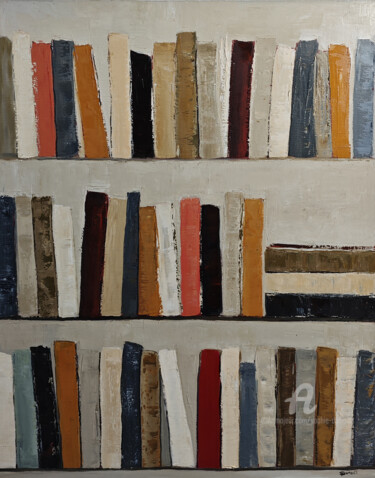108,145 オリジナルのアートワーク、限定版、版画:
Discover original contemporary Expressionism artworks on ArtMajeur
Original contemporary Expressionism artworks are a stunning and vivid representation of the human experience. These artworks are characterized by their emotionally charged brushstrokes, bold colors, and intense subject matter. Expressionist artists often use a variety of supports and materials such as canvas, paper, and wood, and they use a range of media including oil paint, acrylics, and charcoal. What sets Expressionism apart from other art movements is its focus on capturing the innermost feelings and emotions of the artist, and conveying them through their work.
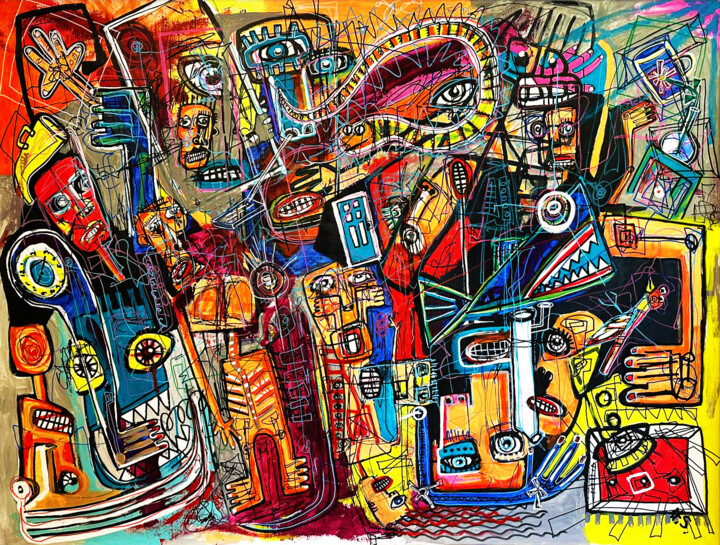
©2025 Henry Stewart
Origins and History
Originating in Germany after World War I, Expressionism was a movement that sought to convey intense emotions through art. The term "Expressionism" was first used in 1911 to describe the work of German artists who were rejecting the traditional styles of the time. The movement spread to other parts of Europe and North America, with various countries developing their own unique styles and interpretations. Important dates in the history of Expressionism include the early 1900s when artists like Edvard Munch and Vincent van Gogh were exploring the use of color and brushwork to convey emotion, and the 1920s when German Expressionists like Ernst Ludwig Kirchner and Emil Nolde were at the forefront of the movement. Despite its popularity, Expressionism faced criticism for its often dark and disturbing subject matter.
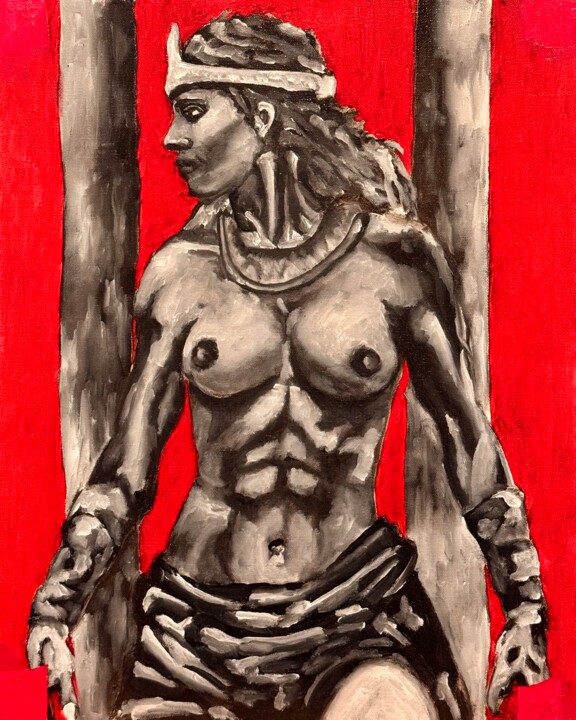
©2025 Timothy Colomer
Evolutions of theses works in the contemporary art market
Original contemporary Expressionism artworks have undergone a remarkable evolution in recent years, with artists exploring new forms, styles and techniques to express their emotions. These artworks are crucial to the contemporary art market, as they represent a form of artistic expression that is highly valued by collectors and art enthusiasts. With their bold colors, expressive brushstrokes and powerful emotions, contemporary Expressionism artworks have become increasingly popular among art lovers, who appreciate their ability to capture the essence of the human experience. In particular, the use of abstract forms, gestural marks and vibrant colors has become a defining characteristic of contemporary Expressionism, reflecting the artist’s innermost thoughts and feelings. As such, these artworks represent an important contribution to the ongoing dialogue about the role of art in society, and the ways in which it can help us to better understand the world around us.

©2024 Randall Steinke
Related Famous Artists
Contemporary Expressionism is a powerful art movement that has captivated audiences around the world. Many artists have made a name for themselves by creating original contemporary Expressionism artworks. Here are some of the most well-known artists in this genre.
First, there’s the renowned painter Jackson Pollock. He is famous for his large-scale, abstract expressionist works that are created using a unique technique of dripping and pouring paint onto the canvas. Pollock’s work is characterized by its frenzied energy and intense emotion.
Another notable artist is Willem de Kooning. His paintings are known for their bold brushstrokes and vibrant colors. De Kooning’s work often explores themes of femininity and the human form, and his style is marked by a sense of raw emotion and spontaneity.
Mark Rothko is another artist who is known for his contributions to the contemporary Expressionism movement. His paintings are characterized by their large, color-field canvases and their ability to evoke deep emotions in viewers. Rothko’s work is often associated with the idea of spirituality and the sublime.
Finally, there’s Franz Kline. His paintings are characterized by their black and white color scheme and their bold, gestural brushstrokes. Kline’s work is often seen as a reaction against the more traditional painting styles of his time, and his pieces are marked by their raw energy and emotional intensity.
In conclusion, contemporary Expressionism is a powerful and emotional art movement that has produced some truly remarkable works of art. The artists mentioned above are just a few of the many talented individuals who have contributed to this genre, and their work continues to inspire and captivate audiences today.
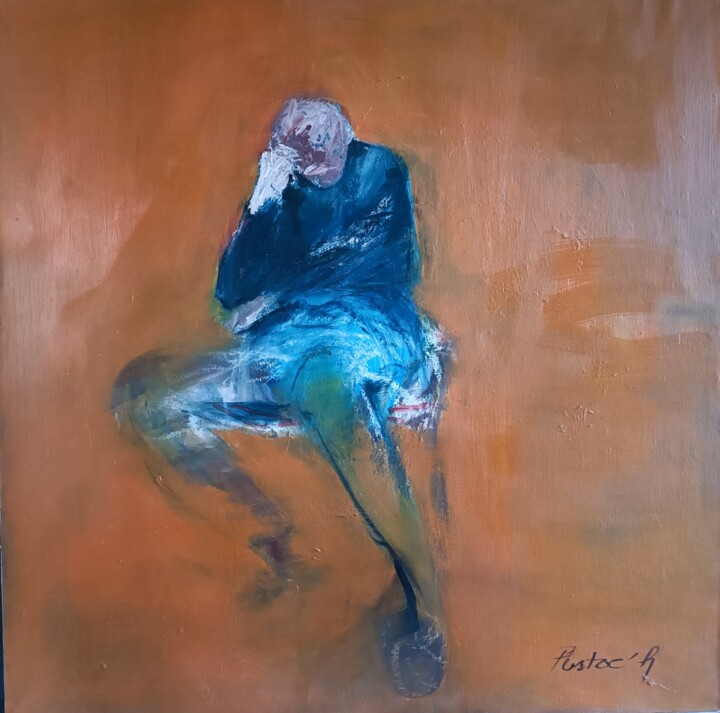
©2024 Laurence Pustoc'H
Notable original contemporary Expressionism artworks
One of the most famous contemporary Expressionism artworks is "The Scream" by Edvard Munch, created in 1893. This painting depicts a figure with a distorted face and hands covering their ears, conveying a sense of horror and despair. Munch’s use of bold colors and swirling brushstrokes adds to the overall feeling of anxiety and turbulence.
Another notable Expressionism artwork is "Starry Night" by Vincent van Gogh, painted in 1889. This piece features a small town with a towering church steeple surrounded by a swirling night sky filled with stars. Van Gogh’s use of bright colors and thick brushstrokes creates a dreamlike atmosphere that captures the viewer’s imagination.
"The Persistence of Memory" by Salvador Dali, painted in 1931, is another iconic Expressionism artwork. This surrealist painting depicts melting clocks draped over various objects against a barren landscape. Dali’s use of bizarre and jarring imagery creates a sense of the uncanny, challenging the viewer’s perceptions of reality.
Finally, "Les Demoiselles d’Avignon" by Pablo Picasso, painted in 1907, is a groundbreaking Expressionism artwork. This piece features five nude women with angular, distorted faces and bodies. Picasso’s use of cubism and distorted shapes shattered traditional notions of beauty and representation, paving the way for a new era of modern art.
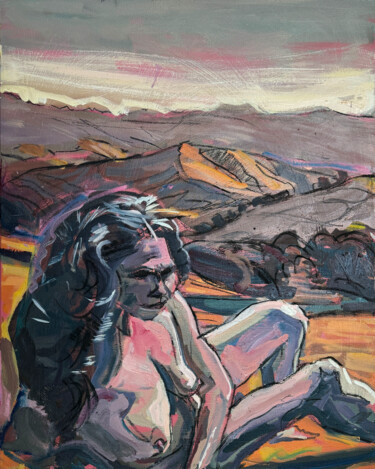
Darren Jekel
キャンバスのオイル | 30x24 in
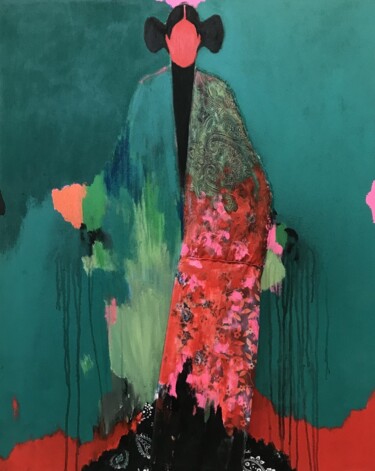
Incognito
リネンキャンバスのアクリル | 39.4x31.5 in
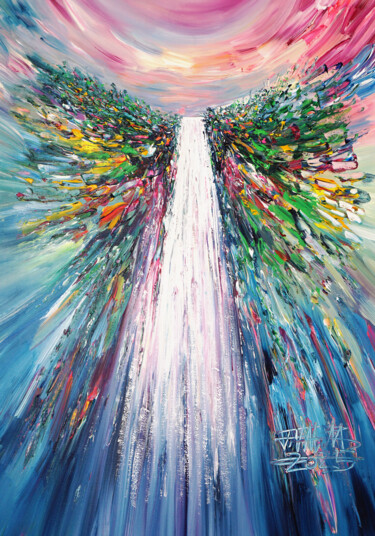
Peter Nottrott
キャンバスのアクリル | 39.4x27.6 in
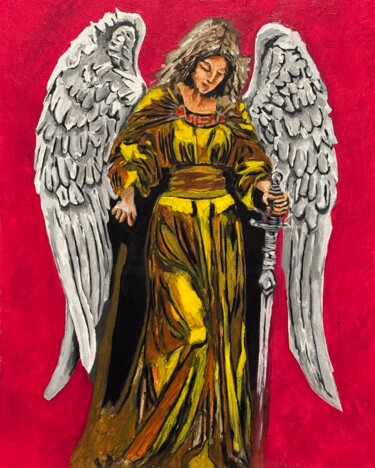

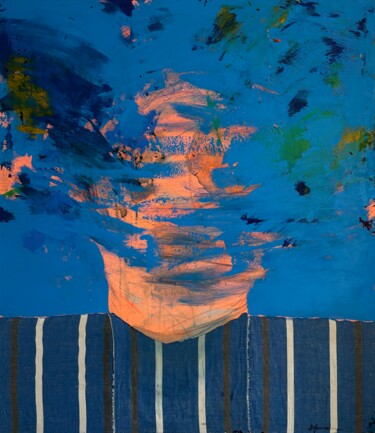
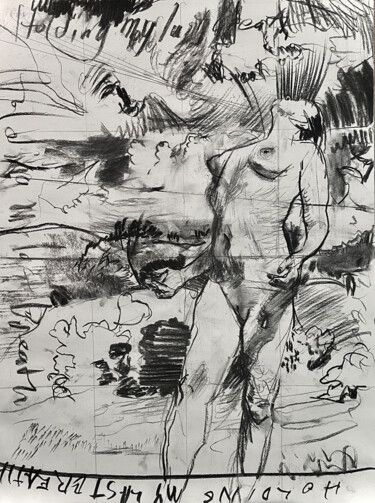
Darren Jekel
紙の木炭 | 24x18 in
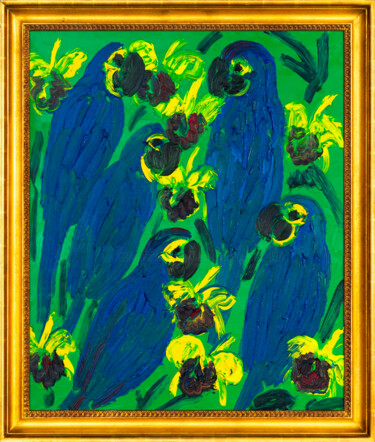
Hunt Slonem
ウッドのオイル | 36.2x29.9 in
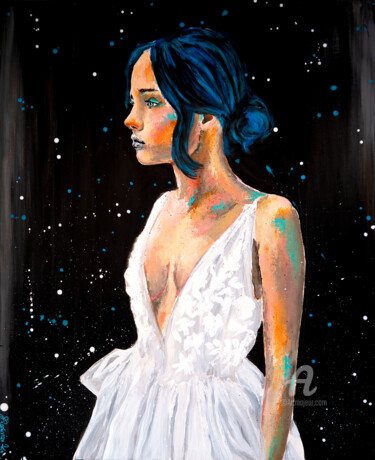
Bazévian Delacapucinière
キャンバスのオイル | 24x19.7 in

Incognito
リネンキャンバスのアクリル | 78.7x63 in

Gérard Esquerre
キャンバスのアクリル | 39.4x39.4 in
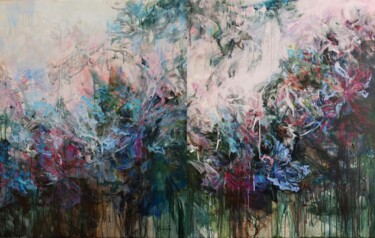
Kateryna Solodka (Katia Solodka)
リネンキャンバスのアクリル | 39.4x63 in
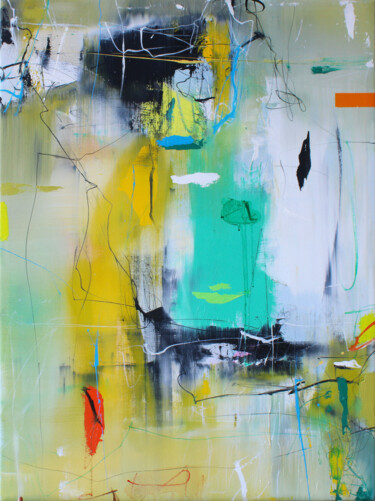
Plamen Bibeschkov
キャンバスのオイル | 31.5x23.6 in












